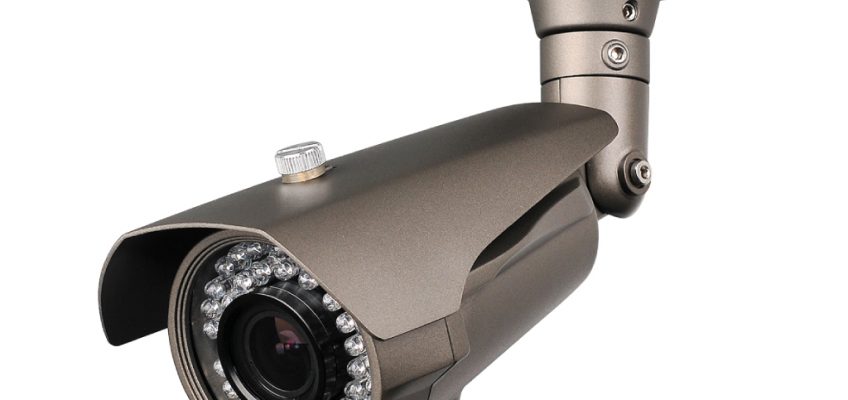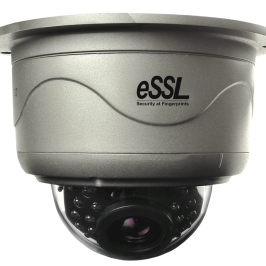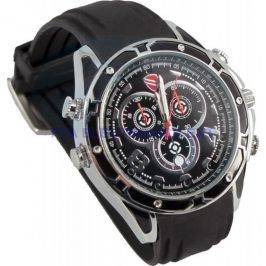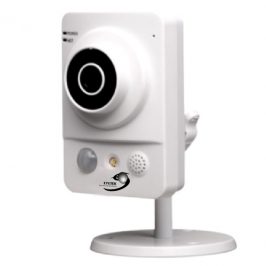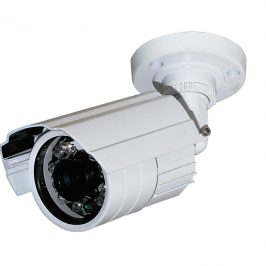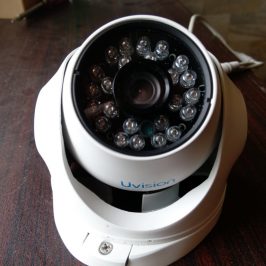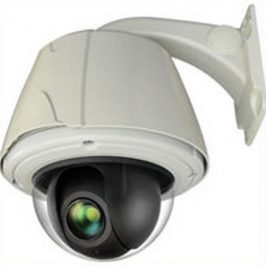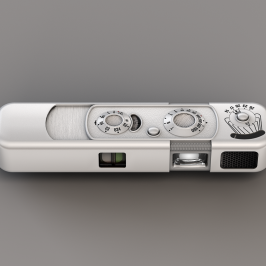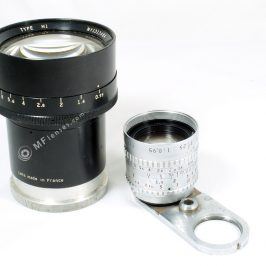While shopping for a home security system or a business surveillance system, you are most likely to settle down between the two popular options namely bullet cameras and dome cameras. If you take a glance at them, bullet cameras protrude outwards like a gun barrel whereas dome cameras have their top portion shaped like that of a dome. Apart from the outer look, the major functionalities of the two types are very similar. Only some slight differences make the end users choose the one over the other.
To facilitate you to do a better comparison between the mentioned two, here we are penning down those ‘slight’ differences viz. mounting options, location for installation, range, and more:
Installation
When it comes to set-up, bullet cameras are more flexible as compared to their dome counterparts. Bullet cameras are ‘point and shoot’ devices. You just need to position the mounting bracket onto any wall or surface and your device is all set to record. Even if you want to change the field of view after installation, simply change the angle of these cams towards the desired direction and get a no-sweat repositioning.
It is not necessary that domes are difficult to mount, but the actual snag comes when the user needs to change the area of view. The user has to first dismount the cam, decide for the desired angle, and then mount it again. So, you might feel the need of calling the security installer as it may get a little inconvenient for you to do it all by yourself.
Best Location
Let us first take up dome recorders. The sleek & elegant looks and less intrusive appeal makes them a popular choice to protect the indoors of a home and a business setup. They blend seamlessly with the interiors and décor of your household or office without requiring any major changes. So, all in all, dome-shaped devices are a wise choice for the indoors.
If we talk about the bullet cams, they are better suitable for monitoring extensive outdoors. Rugged housings and weatherproof coatings enable them to withstand even the most unforgiving weathers and make them record irrespective of whether it rains or shines. Therefore, it is always advisable to check weatherproof rating of the system before finalizing your outdoor surveillance device.
Range
There are ‘n’ number of features on which the range of a security device depends. Some of these are sensor chip, WDR (Wide Dynamic Range), type of lens, resolution, Back Light Compensation, Auto Gain Control, and more.
It is hard to say that which particular type has a longer range. However, in general, bullet cameras have the shape that can incorporate a bigger lens which eventually increases the range of recording. On the other hand, the shape of the dome camera somehow restricts the range of the lens.
Due to longer ranges, bullet cams are more suitable for outdoor applications where the user often needs to monitor wide areas such as parking lots and yards.
But, as mentioned earlier too, the range depends on multiple factors, thus, it is possible that you might find a dome cam that has a longer range as compared to its bullet version.
Open or Covert
Bullet cams are much more discreet and can easily be spotted as compared to their dome versions. A bullet cam shouts out loud that ‘Hey there! You’re being seen’. This helps in deterring the burglars from even stepping their foot on your property.
Dome cams on the other side, blend well with the surroundings and are comparably harder to spot. Hence, they are a better choice if you want to see everything without letting people to know that are being captured. Unquestionably, they are more suitable for covert applications as compared to the bullet cams.
Conclusion
Now, what all you have to do is, sit down, analyze, and jot down your security requirements. Once, you have finalized things like the required range, tentative location, and alike; it will be just a matter of minutes to make the right choice. The guided scrutiny of features with an understanding of the purpose of surveillance will help you buy a product that is worth your money.

